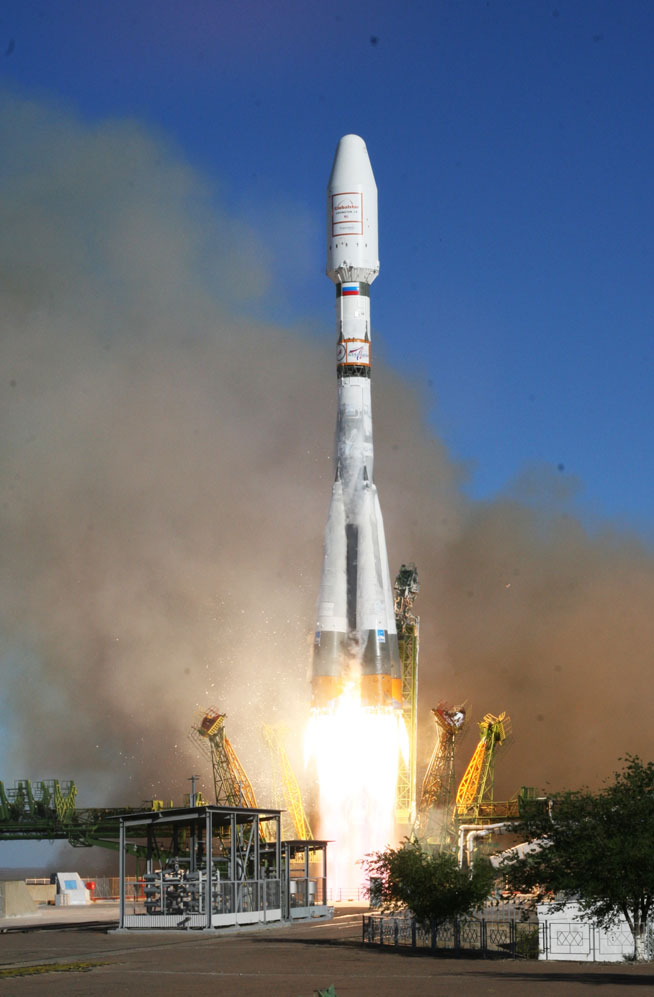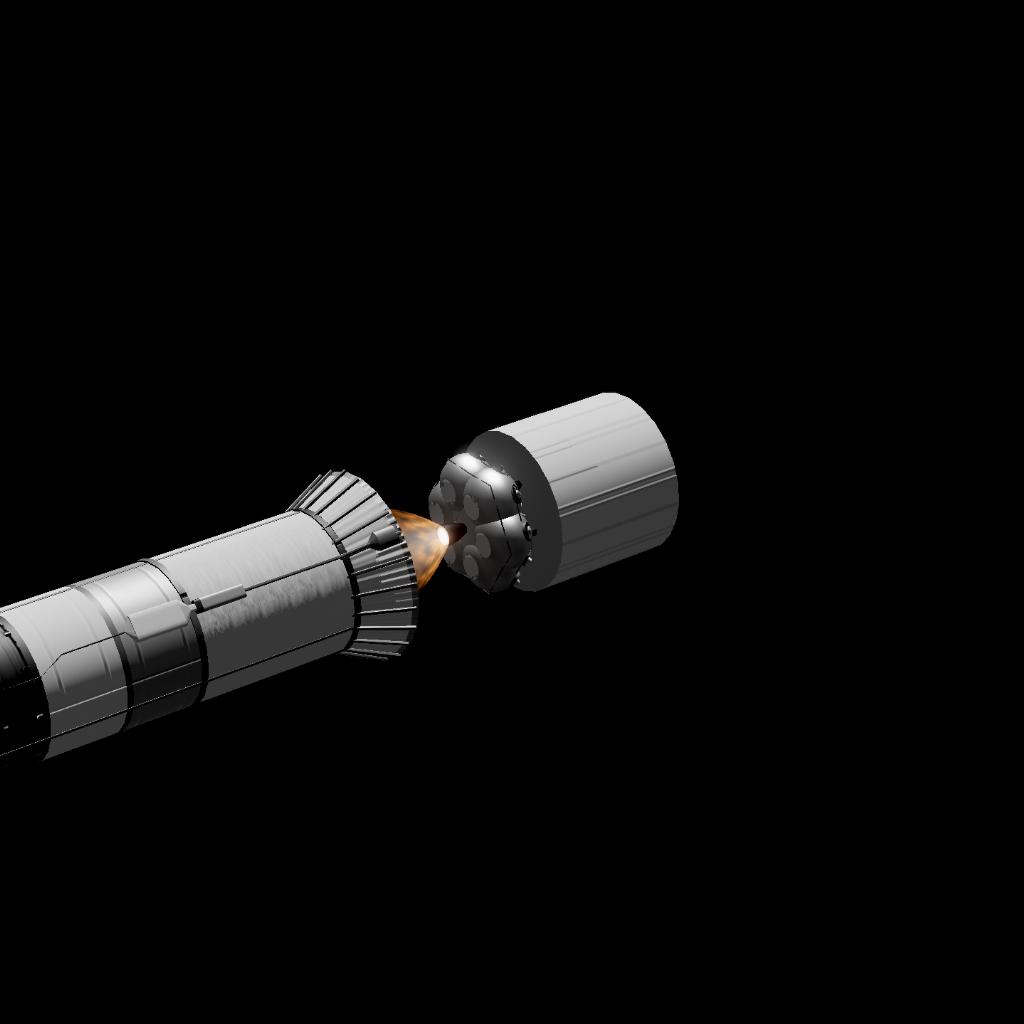This build is not full size, it was made to be operated on the stock map of simple Rocket 2.
Description
Soyuz (Russian: ????, meaning "union", GRAU index 11A511) is a family of expendable Russian and Soviet carrier rockets developed by OKB-1 and manufactured by Progress Rocket Space Centre in Samara, Russia. With over 1,900 flights since its debut in 1966, the Soyuz is the most frequently used launch vehicle in the world as of 2021.

For nearly a decade, between the final flight of the Space Shuttle program in 2011 and the 2020 first crewed mission of SpaceX's Falcon 9 rocket, Soyuz rockets were the only launch vehicles able and approved for transporting astronauts to the International Space Station.
The Soyuz vehicles are used as the launcher for the crewed Soyuz spacecraft as part of the Soyuz programme, as well as to launch uncrewed Progress supply spacecraft to the International Space Station and for commercial launches marketed and operated by Starsem and Arianespace. All Soyuz rockets use RP-1 and liquid oxygen (LOX) propellant, with the exception of the Soyuz-U2, which used Syntin, a variant of RP-1, with LOX. The Soyuz family is a subset of the R-7 family.
Soyuz FG:

Soyuz/Fregat
In the early 1990s plans were made for a redesigned Soyuz with a Fregat upper stage. The Fregat engine was developed by NPO Lavochkin from the propulsion module of its Phobos interplanetary probes. Although endorsed by the Roscosmos and the Russian Ministry of Defence in 1993 and designated "Rus" as a Russification and modernisation of Soyuz, and later renamed Soyuz-2, a funding shortage prevented implementation of the plan. The creation of Starsem in July 1996 provided new funding for the creation of a less ambitious variant, the Soyuz-Fregat or Soyuz-U/Fregat. This consisted of a slightly modified Soyuz-U combined with the Fregat upper stage, with a capacity of up to 1350 kg to geostationary transfer orbit. In April 1997, Starsem obtained a contract from the European Space Agency (ESA) to launch two pairs of Cluster II plasma science satellites using the Soyuz-Fregat. Before the introduction of this new model, Starsem launched 24 satellites of the Globalstar constellation in 6 launches with a restartable Ikar upper stage, between 22 September 1999 and 22 November 1999. After successful test flights of Soyuz-Fregat on 9 February 2000 and 20 March 2000, the Cluster II satellites were launched on 16 July 2000 and 9 August 2000. Another Soyuz-Fregat launched the ESA's Mars Express probe from Baikonur in June 2003. Now the Soyuz-Fregat launcher is used by Starsem for commercial payloads.

Relative maximum payload for low orbit: 7.5Ton (In game)
GENERAL INFO
- Created On: Android
- Game Version: 0.9.802.0
- Price: $23,195k
- Number of Parts: 549
- Dimensions: 40 m x 6 m x 6 m
PERFORMANCE
- Total Delta V: 28.4km/s
- Total Thrust: 7.8MN
- Engines: 41
- Wet Mass: 2.1E+5kg
- Dry Mass: 36,699kg
STAGES
| Stage | Engines | Delta V | Thrust | Burn | Mass |
|---|---|---|---|---|---|
| 1 | 32 | 2.3km/s | 5.0MN | 2.3m | 2.1E+5kg |
| 2 | 0 | 0m/s | 0N | 0s | 95,335kg |
| 4 | 4 | 1.3km/s | 299kN | 2.0m | 34,663kg |
| 6 | 1 | 24.7km/s | 221kN | 3.1m | 14,219kg |










Cool!